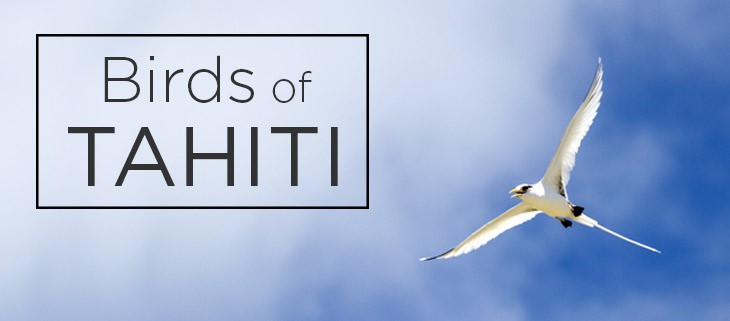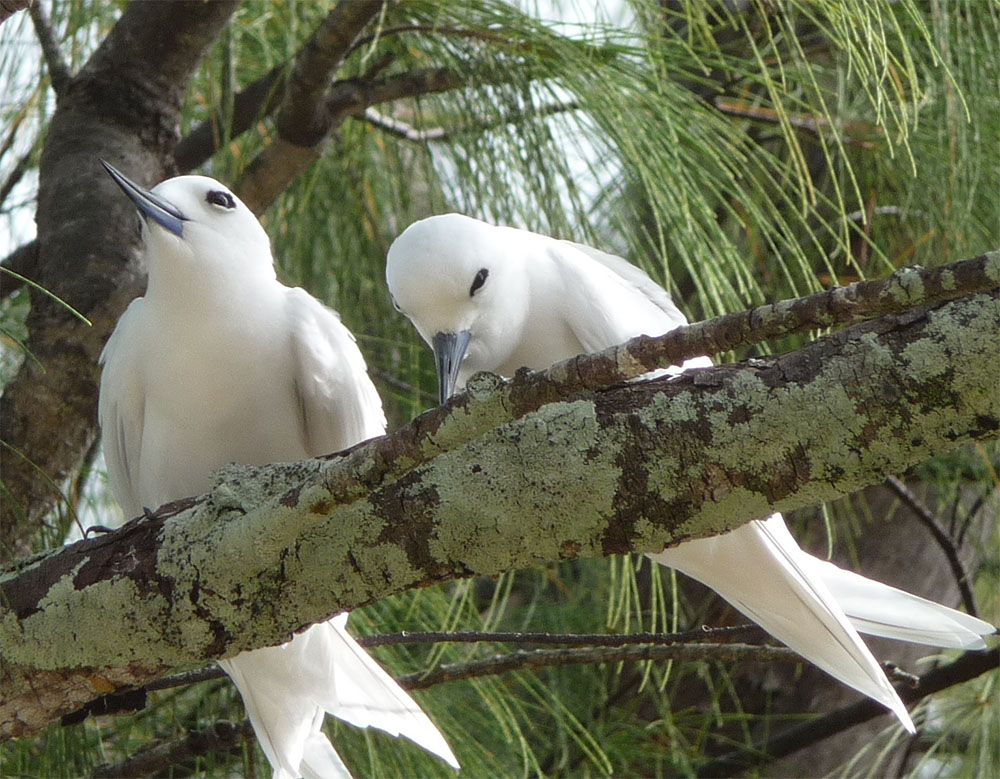December 4, 2024
The Ebiil Society: Champions of Palau
Ann Singeo, founder of our partner organization the Ebiil Society, shares her vision for a thriving Palau and a flourishing world of indigenous science!
We use cookies to help you navigate efficiently and perform certain functions. You will find detailed information about all cookies under each consent category below.
The cookies that are categorized as "Necessary" are stored on your browser as they are essential for enabling the basic functionalities of the site. ...
Necessary cookies are required to enable the basic features of this site, such as providing secure log-in or adjusting your consent preferences. These cookies do not store any personally identifiable data.
Functional cookies help perform certain functionalities like sharing the content of the website on social media platforms, collecting feedback, and other third-party features.
Analytical cookies are used to understand how visitors interact with the website. These cookies help provide information on metrics such as the number of visitors, bounce rate, traffic source, etc.
Performance cookies are used to understand and analyze the key performance indexes of the website which helps in delivering a better user experience for the visitors.
Advertisement cookies are used to provide visitors with customized advertisements based on the pages you visited previously and to analyze the effectiveness of the ad campaigns.
Looking to make an impact this Earth Month? Here’s how.

The Islands of French Polynesia have historically supported a wide variety of seabird species with more than 28 species native to the region. Seabirds are crucial for not only the island ecosystem, but also for humans. Because seabirds live on land and feed at sea, and because each species travels a specific distance for food, fisherman could determine the distance to land depending on what species of bird they could see. For example, seeing a Common White-Tern tells fisherman they are within 40 km of land while seeing a Tropicbird indicates they are no more than 150 km from land.

In recent years, species throughout French Polynesia such as Petrels, Shearwaters, and Storm-petrels have become locally vulnerable. Islands which previously hosted large seabird colonies annually only see healthy numbers every few years. Although the dramatic shift has a number of explanations, one of the leading causes on the Marquesas Islands is the presence of invasive sheep, pigs, feral cats, and rats, which have reduced habitat for birds, preyed on native species, and caused major erosion. A recent article in Air Tahiti Magazine noted:
The Marquesas archipelago is an ideal location for restoration projects; because of its large number of uninhabited islets, extreme isolation and the high diversity of seabirds found there.
The reduction of seabird colonies on the Marquesas Islands has inspired restoration plans coordinated by the Polynesian Society of Ornithology (Manu) and BirdLife International, in partnership with Island Conservation. First Island Conservation and partners are surveying the islands and performing bird counts to best inform the next steps in restoration of the island.
The biodiversity of the Marquesas archipelago carries cultural significance. By removing the invasive species, the islands former seabird populations will have a much better chance at survival upon their return. Two species native to the islands, the Phoenix Petrel and the Polynesian Storm-petrel, are considered Vulnerable to extinction, but the project will aid their populations.
Featured photo: Tropicbird in flight. Credit: Island Conservation
Source: Air Tahiti Magazine
Check out other journal entries we think you might be interested in.
Notifications